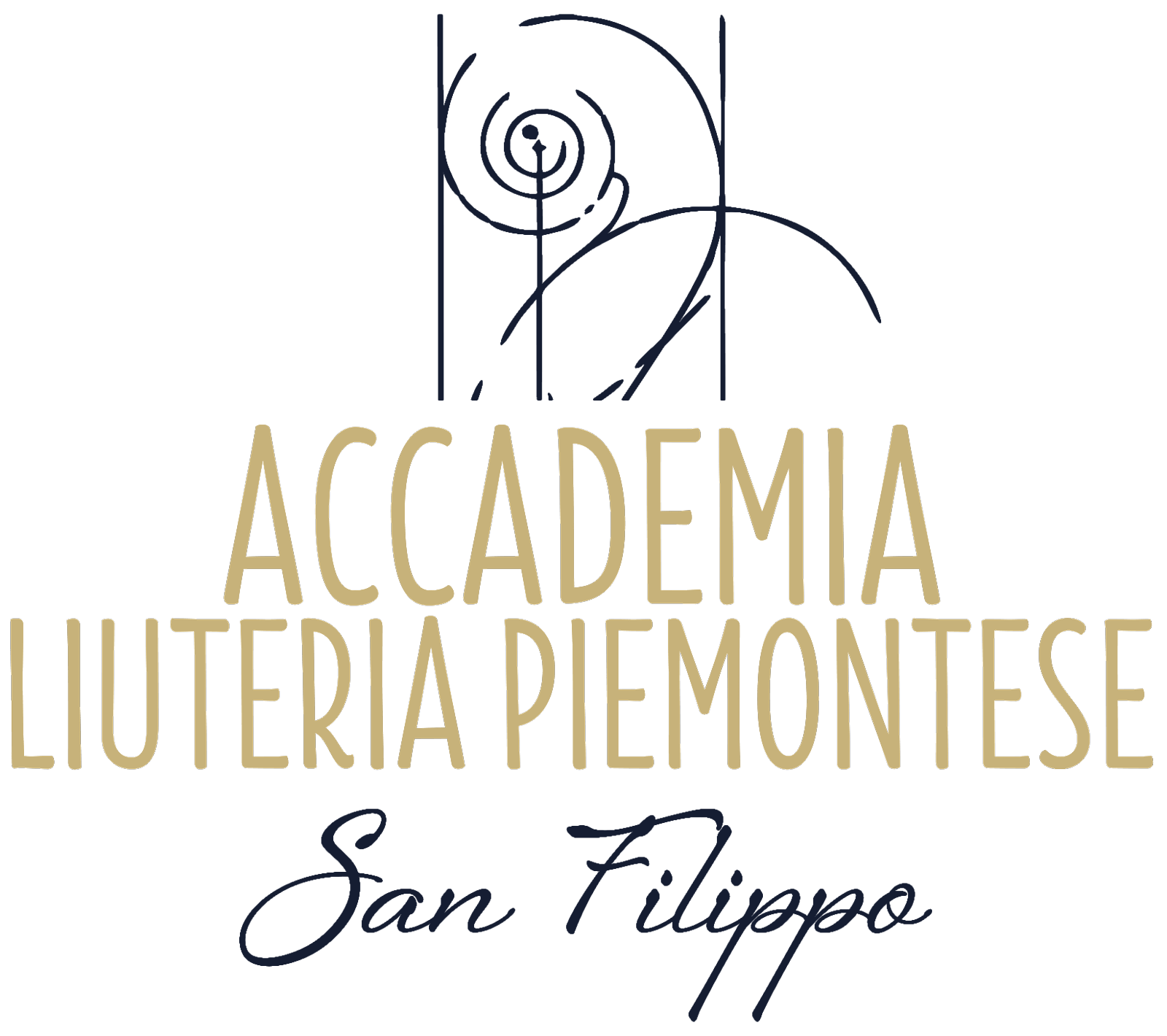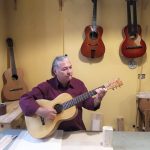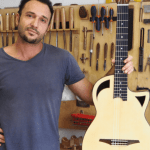Tommaso Rovetta holds a master’s degree in Science and Technology for Archaeological and Artistic Heritage at the University of Padua, dealing, at the CNR-ICIS laboratories, with the alteration phenomena of XX century pianos varnishes (bachelor’s degree) and with the causes of degradation of industrial alkyd mediums of contemporary art pictorial films (master’s degree).
After graduation he dedicated himself to rapid prototyping by developing a 3d printing device that allowed him to collaborate with the Carrara Academy of Bergamo, the Academy of Fine Arts of Brera and CNA Cremona and Crema as a speaker at seminars dedicated to innovative materials for design and rapid prototyping.
In 2012 he came into contact as a collaborator with the Arvedi laboratory of the University of Pavia, carrying out research activities aimed at the study and characterization of the decorative elements of Neapolitan mandolins of the 1700s. At the same time he dealt with the characterization of consolidating and protective products of stone. Next, in collaboration with the Antonio Stradivari Foundation of Cremona, as part of the framework agreement with the University of Pavia, he provided assistance in the creation of the Arvedi Laboratory of non-Invasive Diagnostics within the spaces of the nascent Museo del Violino of Cremona.
In April 2014 he won a research fellow grant for “Development of non-invasive methods for scientific diagnostics applied to ancient musical instruments”.
In 2016 he had the rare opportunity to carry out an analytical campaign for the study of the instrument “Messiah 1716” by Antonio Stradivari, in collaboration with the Museo del Violino and the Ashmolean Museum in Oxford.
From 2017 to 2019 he carried out integrative teaching during the degree course in “conservation and restoration of cultural heritage LMR/02” of the University of Pavia. Tommaso has teaching activities at CRforma in Cremona as part of the course “physical principles of non-invasive diagnostics”.
In 2019 he dealt with the analysis of the instruments of Santa Maria della Pietà in Venice, known as “Vivaldi’s violins”. He currently carries out scientific research activities applied to ancient musical instruments at the Arvedi Laboratory of non-Invasive Diagnostics in Cremona.
He specializes in X-ray fluorescence spectroscopy but also acquires expertise in the use of 3D Laser Scanners, still-life photography, IR spectroscopy, digital X-ray radiography. He coordinates trainees and thesisists, also as co-rapporteur. He is author of essays in monographs, scientific dissemination articles and dozens of publications in international scientific journals.
Tommaso is also a violin maker: he began to take an interest in the construction of the arched instrument in 2006, made some self-taught instruments and then joined the Master Sebastiano Ferrari in Cremona from 2015 to 2017, during which time he perfected his construction method.
Within the Accademia Liuteria Piemontese he deals with the coordination of teaching activities, communication, relations with institutions and projects to finance cultural activities.




